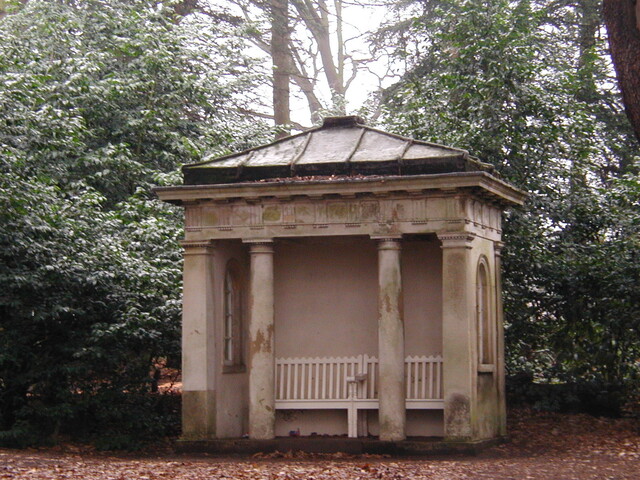Brick Bonds
- Posted in:
- Heritage
- HistoricBuildings
When you’re out and about in Nottinghamshire, keep an eye out for distinctive patterns of brickwork that can occur on historic buildings. It’s easy to spot different types of bond brickwork once you know how!
Bond brickwork was popular in Georgian architecture, but the use of these brick patterns is not restricted to this era. It often involves alternating the laying of header and stretcher bricks to form a pattern on the building’s façade. In more simple terms, some bricks are laid out lengthwise, so the long side of the brick is visible (stretchers), and others are laid out with their shorter ends exposed (headers) to produce a visible pattern in the building’s brickwork.
Sometimes treated bricks, ones that have been glazed or burnt to change the appearance/colour, are used to emphasise the pattern.

Above: Faces of a brick. By Mtpanchal - Own work, CC BY-SA 4.0.
There are many different styles of bond brickwork but you may notice that some styles are more common than others in the area. Sadly some buildings sporting these beautiful brickwork patterns will have been demolished or altered over time.
Here are some of the bonds you might be able to spot on some Nottinghamshire buildings:
1. Flemish Bonds: This style uses alternating header and stretcher bricks within the same courses (rows). Despite the name, this style is not Flemish in origin and examples can be found in England from around the 17th century. This bond is difficult pattern to lay and often requires a high skill to lay it well as all the joints must be aligned perfectly.
Examples of Flemish bonds: Cotton Mill Cottage in Farnsfield, Farm Buildings at Lilac Farmhouse in Laxton, and Moors Farm in Askham.

Above: Flemish bond wall (headers are dark brown). By Jonathan Riley - Own work, CC BY-SA 3.0
2. English Bonds: This style has alternating courses of headers and stretchers. This is one of the strongest types of bond, but to achieve this pattern, more bricks are required than for some other bond patterns.
Examples of English bonds: Bridge over the Nottingham Canal in Awsworth, Bunny School House in Bunny, and the Manor House in Walkeringham.

Above: English bond wall. By Jonathan Riley - Own work, CC BY-SA 3.0.
3. English Garden Wall Bond: This style is similar to the English bond pattern, but instead of one course of headers and one course of stretchers, the English Garden Wall bond style features multiple courses of stretcher bricks (commonly three courses) and one course of header bricks in a sequence.
Examples of English Garden Wall bond: Farm Buildings at Home Farm in Beckingham, 5-7 Main Street in Linby, and Threshing Barn at Yew Tree Farm in North Leverton.

Above: A raking English Garden Wall bond wall. By Jonathan Riley - Own work, CC BY-SA 3.0.
4. Header Bond: One of the simpler types of brickwork, this style consists entirely of headers across all courses. Due to its simple structure, it’s an easy pattern to lay that doesn’t always require a skilled brick layer.
Example of Header bond: Farndon Mill in Farndon.

Above: Header wall. By Jonathan Riley - Own work, CC BY-SA 3.0.
5. Stretcher bond: Similarly, stretcher bonds are courses made up of entirely stretcher side bricks. This style is generally considered relatively weak and often requires structural support to retain the integrity of the wall.
Example of Stretcher bond: Rose Cottage in Farnsfield and Beech Cottage in Barnby in the Willow.

Above: Stretcher wall. By Jonathan Riley - Own work, CC BY-SA 3.0.








